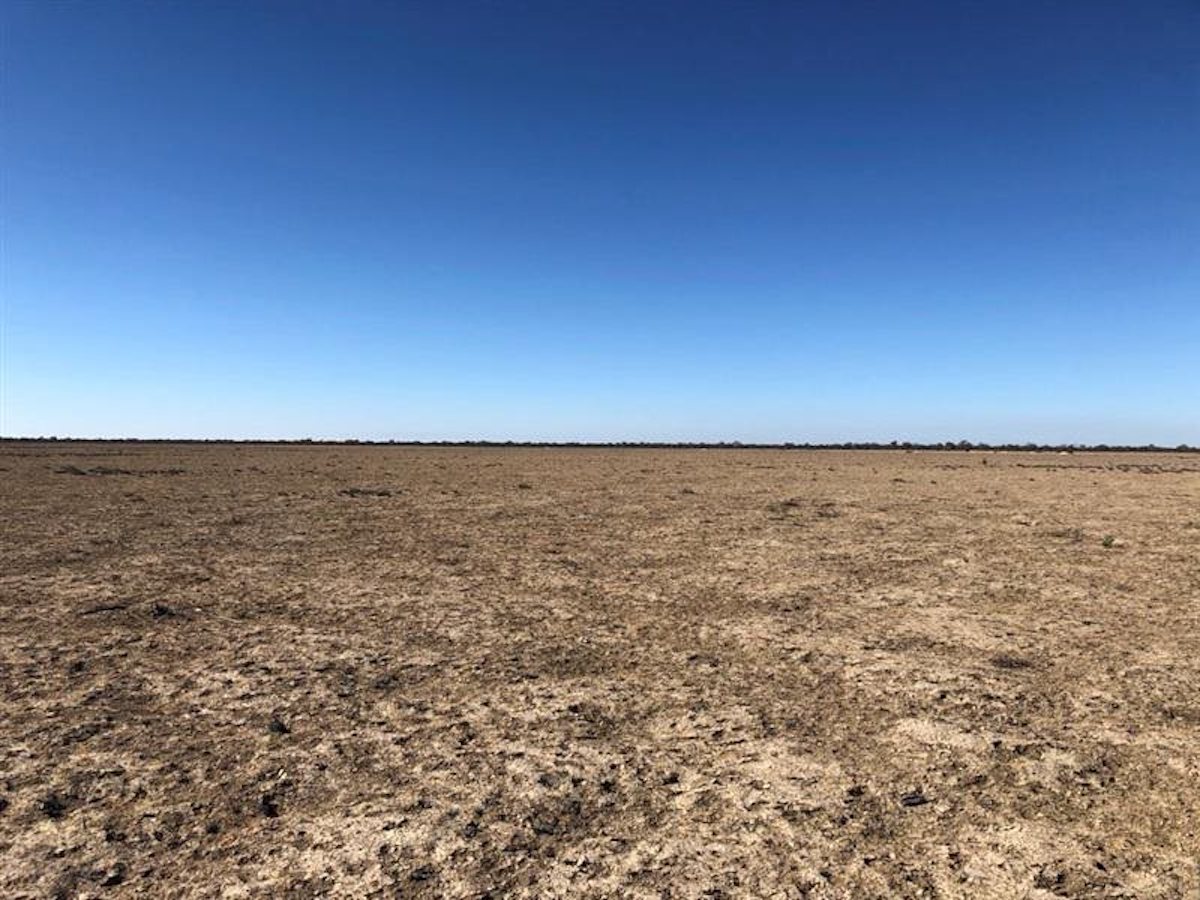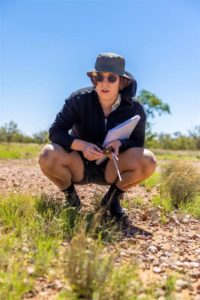
A Griffith study has found the amount of diverse seeds stored in abandoned land in the Murray-Darling Basin and essential paddock trees, make the region highly resilient to agriculture.
Published in Restoration Ecology, the study investigated the ability of semi-arid landscapes in the northern MDB to store seeds in soil seed banks, animal scat and in leaf litter and assessed the species richness, abundance and composition of these seed banks.
"Restoring abandoned agricultural lands is vital for the Murray-Darling Basin to revive the key ecological functions and services the river and its surrounding regions once provided," said Dr Peta Zivec, a research fellow at the Australian Rivers Institute

"With large-scale regeneration projects being extremely costly and labour intensive, natural regeneration, where the vegetation regrows via the seeds already stored within the landscape, can be a cost-effective alternative approach to restoring large agricultural areas.
"Our research shows that in the northern MDB, stored seed banks are important contributors to the natural regeneration of farmland, primarily for understory and midstory plant species, but less so for taller trees."
The seeds essential for natural restoration to occur can be stored in various seed banks within the landscape. This study reveals how the key seed banks of soil, leaf litter and animal scats, contribute differently to the regenerative capacity of land once used for agriculture.
"Soil as a seed bank stored the most diversity of species out of the three seed bank types, although these were dominated by annual herbaceous species, plants with few woody parts," Dr Zivec said.
"Animal scat contained high numbers of germinated seedling, indicating that native animals in the region like kangaroos and emus play a key role in transporting seeds in these semi-arid landscapes.
"While leaf litter had the highest abundance of tree and shrub species of all the seed banks, making it an importance source for the regeneration of woody vegetation, the actual number of tall tree seeds was very low."
The sparsity of overstory tree species in these seed banks and the fact that very few tree seedlings germinated, stresses the crucial role that established vegetation such as paddock trees play as a seed source for natural regeneration and their key contribution to the overall biotic resilience of the landscape.
"When attempting the natural regeneration of abandon farm landscapes, it is therefore essential to protect and enhance existing vegetation and paddock trees as a constant source of fresh seed for taller trees in regenerating areas," stated Dr Zivec.






